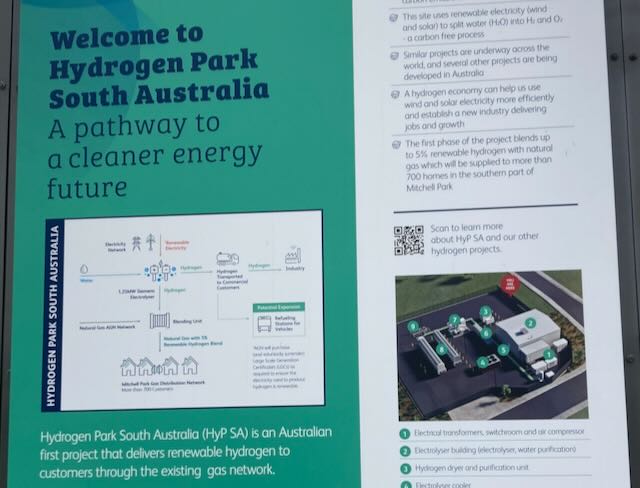Last updated on August 10th, 2024 at 03:03 am
Background
The role of hydrogen in the context of the green economy is uncertain. While many startups are developing processes for producing green hydrogen, hydrogen generated from renewable energy sources, it is unclear whether newer technologies will make the need for vast amounts of this energy source a significant player in the green economy.
How is hydrogen made
Rowher-Karlmann explains the basics of how hydrogen can be produced from water through electrolysis, a process that science has known for many decades. The current two methods of producing hydrogen are by-products of the fossil fuel industry. They are known as gray and blue hydrogen respectively. Then there is the hydrogen generated by renewable energy, which is known as green hydrogen. Clearly from a decarbonisation perspective, gray, blue is out, green hydrogen is in. Rowher-Karlmann explains how hydrogen production will play an important role in decarbonising our economy, such as in industrial processes. The issue however is that many of these processes are still in the pilot stage so it presents the chicken and egg scenario: Do you create a green hydrogen production industry when the amount of demand is still unknown? More government investment is required to make it competitive with fossil fuels.
Hydrogen production in Australia
The production of green hydrogen from renewable electricity is really a form of energy storage. It needs to be compared against battery storage to understand how inefficient this is. Saul Griffith in the Big Switch (2022) argues that renewable energy stored in batteries transmits energy far more efficiently than converted to hydrogen than combusted or processed in a fuel cell to produce electricity. For example, Griffith calculates that the transmission and storage losses of renewable energy to a battery then transmitted later via an inverter would be 12%. The same electricity converted to Green hydrogen then combusted to produce electricity would suffer a 65% loss. The same electricity also converted to green hydrogen but then converted to electricity via a fuel cell would be marginally more efficient with an energy loss of 63%.
Green hydrogen for industrial processes may be a great story for South Australia as we transition our steel industry to renewable energy. What role green hydrogen will play depends on the development of industrial processes. What is certain, with the soon to be abundant renewable energy to make ‘green’ hydrogen.
Griffith discusses the production of steel in an earlier book Electrify (2021), where steel technology is being developed using hydrogen to replace coking coal.
But more excitingly, new technologies may see green steel production hydrogen-free in this decade. Australian steel producers are interested in both green hydrogen and hydrogen-free processes and are supporting pilot programmes.
